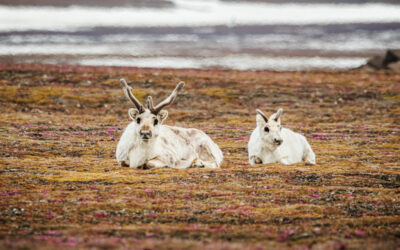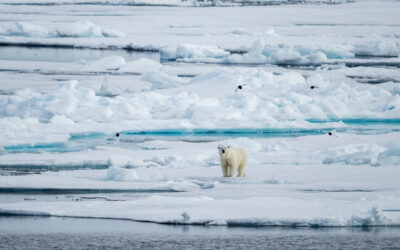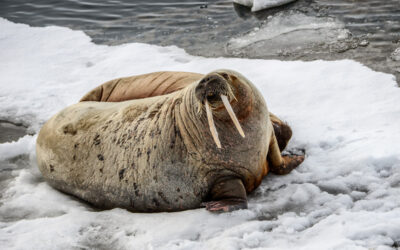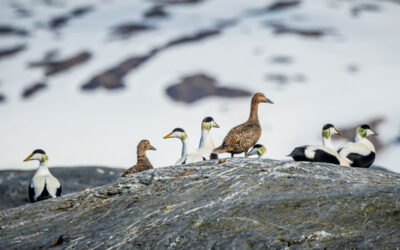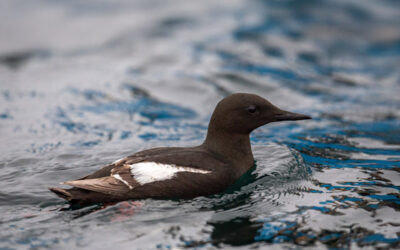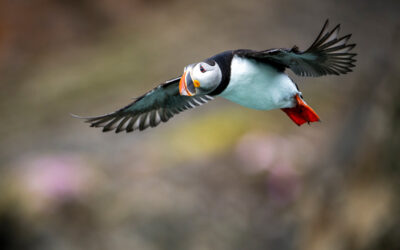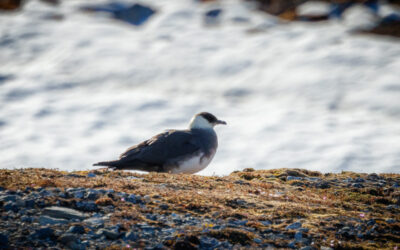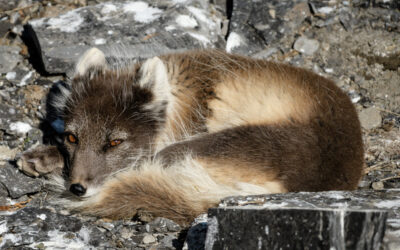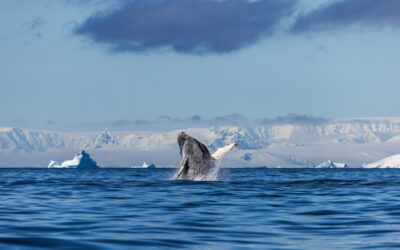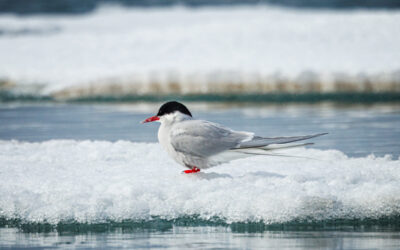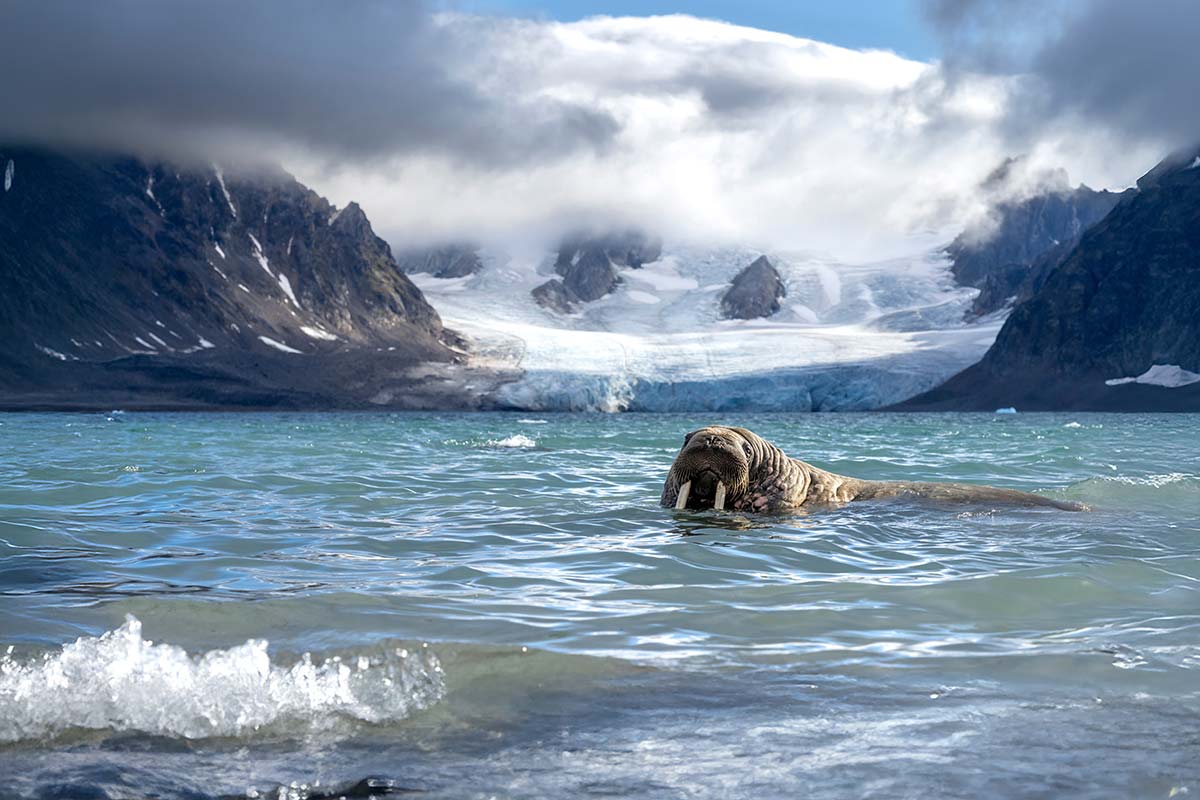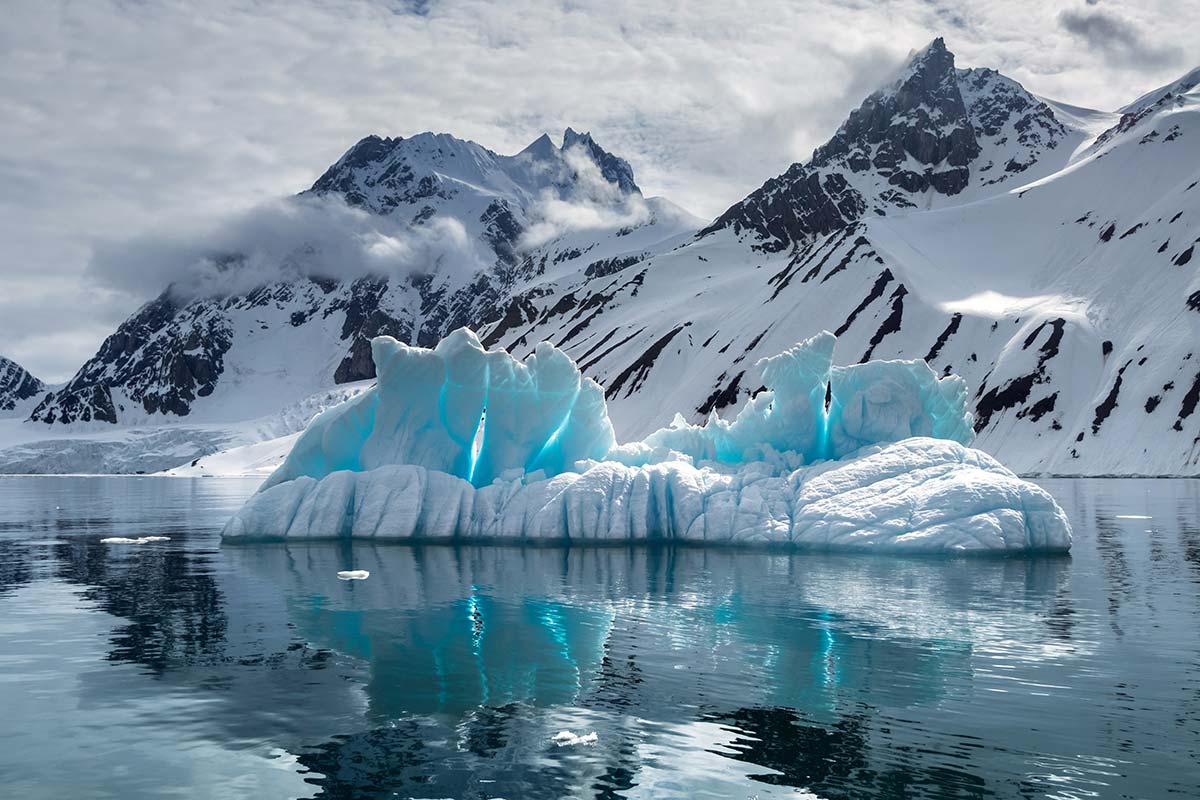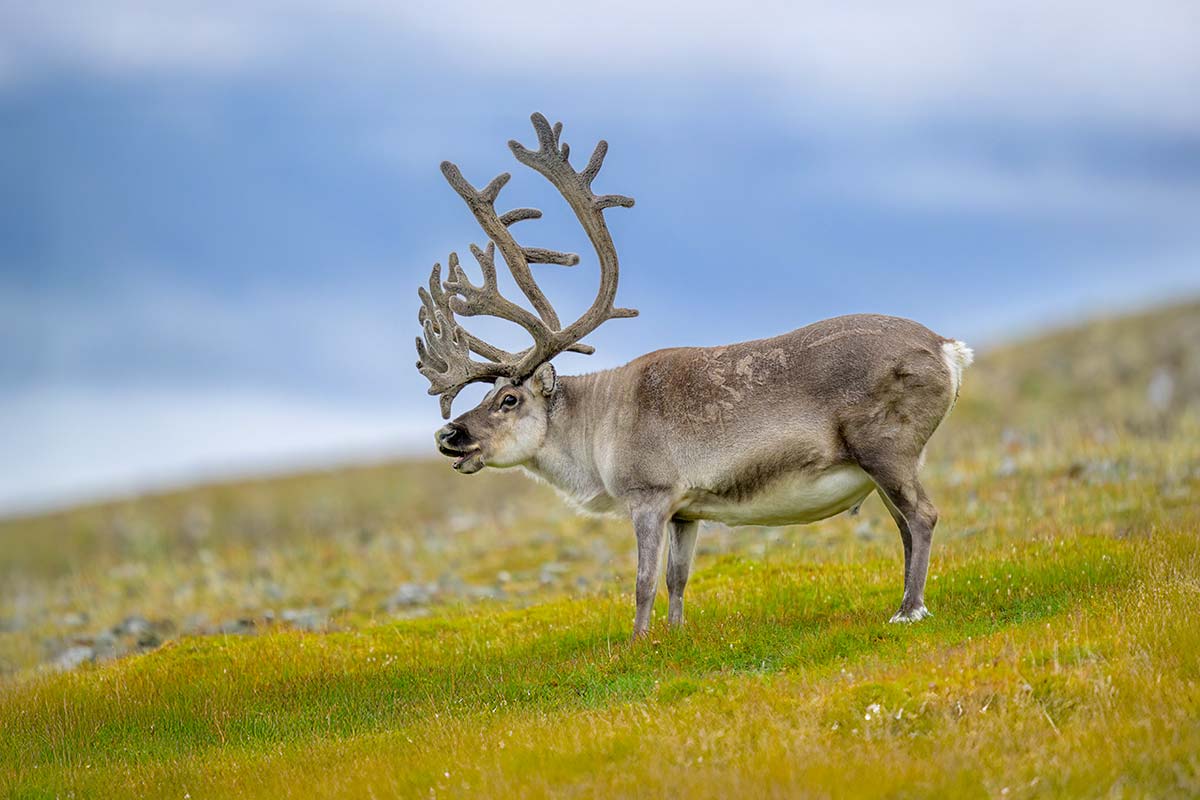Svalbard
A Fascinating Land of Evolving Histories
Unlike many areas of the Arctic, Svalbard was never inhabited by Indigenous people. The earliest record of the name appears in Icelandic sagas in 1194 as Svalbarði (meaning ‘the Cold Coasts’), although whether the land referred to was Svalbard remains uncertain.
Dutch explorer William Barentz was the first person to definitively reach Svalbard in 1596 – and Dutch and English whalers came soon after, seeking their fortunes among the islands’ rich wildlife. The islands were a no-mans land for several centuries, with whalers, hunters and trappers having free reign until the establishment of Norwegian sovereignty in 1920 with the signature of the Svalbard Treaty. Today, Svalbard’s history remains etched into the landscape, and visitors can experience this history firsthand by exploring the old whaling stations, visiting coal mines, or simply walking through the streets of Longyearbyen.
Where whalers once slaughtered, today nature has returned. Since 1920, vast tracts of Svalbard are protected as Nature Reserves and National Parks, and all wildlife here is protected by law. The islands are once again a haven for Arctic wildlife, including vast numbers of birds, Arctic foxes, reindeer, and marine mammals including whales, seals, walrus and polar bears.
Area of Svalbard
- 61,022 km²
Population of Svalbard
- 2,939 people (2020)
Why Travel to Svalbard
Svalbard is best known for its polar bear population, and its waters are home to walruses, seals, and whales. Exploring the bird life and long cultural heritage of the islands’ whaling and coal-mining past is also a highlight.
The Tropical Arctic
A frozen paradise
The world's northernmost everything
The Ark of the Arctic
High Arctic global hub
Despite its small size and remote location, Svalbard is an entirely visa-free territory, unique in the world. Although home to only around 2,000 people, over 50 nationalities are represented in Longyearbyen; while Norwegians are the largest group, there are significant Ukrainian, Russian, Thai and Filipino communities as well.
Map of Svalbard
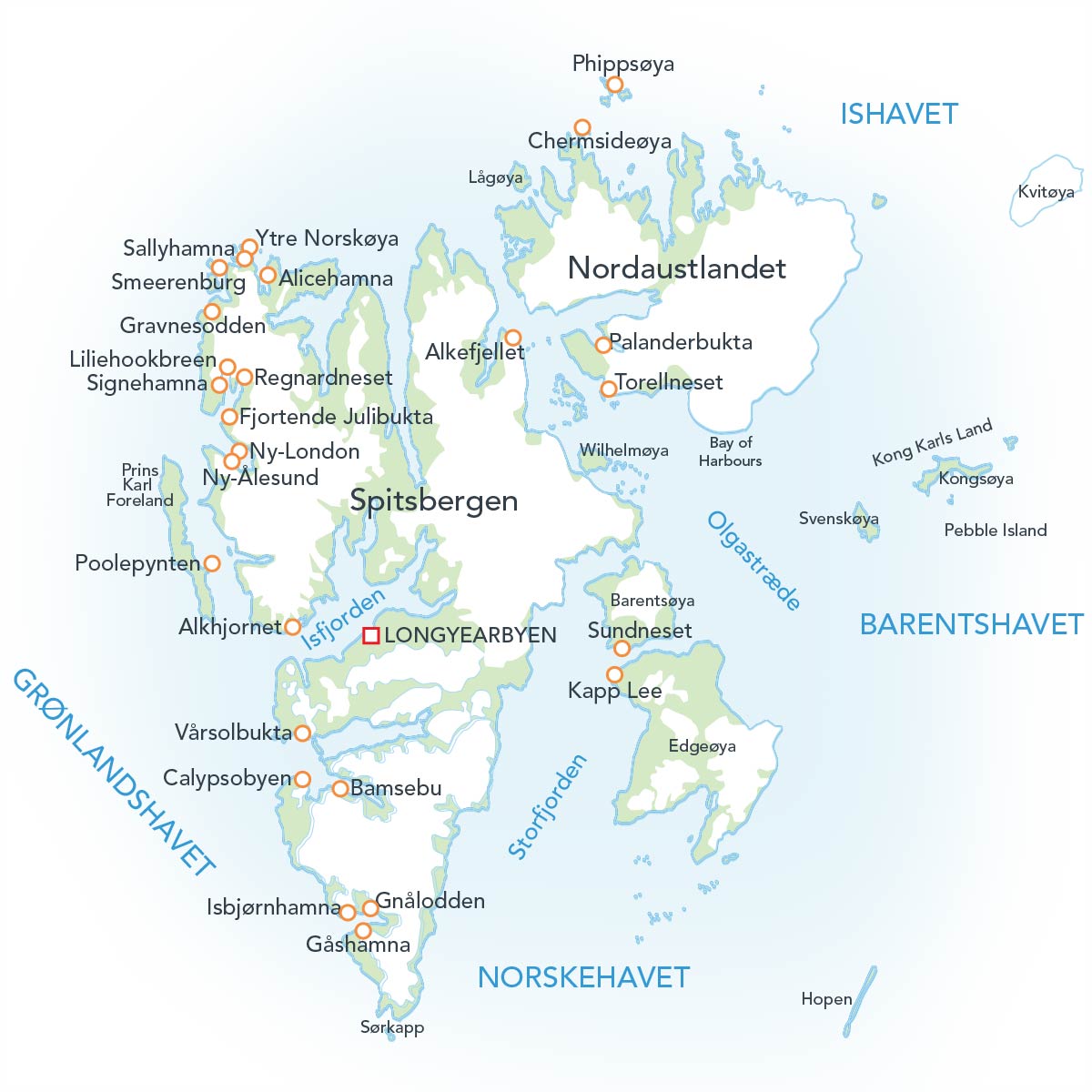
A Fascinating Archipelago
The twenty major islands and the many small islets that comprise the archipelago of Svalbard total around 62,700km2 – slightly smaller than the Republic of Ireland. Spitsbergen (often used synonymously with Svalbard) and Nordaustlandet are the largest islands; almost 60 % of the archipelago is covered by glaciers and around 10 % by tundra, with the rest consisting of cliffs, mountains, and bare rock. Geological evidence shows us that Svalbard was not always a cold, icebound realm – fossil leaves and even corals can be commonly found throughout Svalbard, hinting at its diverse history. The oldest rocks on Svalbard were lifted out of the sea by tectonic collisions around 450 million years ago.
Wildlife That Occupy Land, Sea, and Sky
Despite Svalbard’s remote location and freezing conditions, a few land mammals call this archipelago home, such as the Arctic fox, a keen hunter, and the diminutive Svalbard reindeer. Svalbard is known for its large polar bear population, estimated at around 3,000. These animals spend most of their time hunting on the offshore sea ice, but they are also frequently seen along the coasts.
Svalbard is also an excellent spot for birdwatchers, and Svalbard’s waters are teeming with marine life, with walruses, seals, and whales commonly seen. In the summer months, large colonies of birds like the little auk and Brünnich’s guillemot nest on cliffs. The Arctic tern, known for its incredible migration from the Arctic to the Antarctic and back, also breeds here.
Svalbard Reindeer Quick Overview Scientific Name Rangifer tarandus platyrhynchus Population Estimated at 10,000-22,000 in Svalbard Regions Arctic...
Polar Bear Quick Overview Scientific Name Ursus maritimus Population Estimated at 22,000-31,000 globally (IUCN) Regions Arctic, Europe, North...
Walrus Quick Overview Scientific Name Odobenus rosmarus Population Estimated at 225,000 globally, of which about 20,000 live in the Northern...
Common Eider Quick Overview Scientific Name Somateria mollissima Population Estimated at close to 2 million globally Regions Arctic and North...
Black Guillemot Quick Overview Scientific Name Cepphus grylle Population Estimated at close to 400,000–700,000 individuals globally Regions North...
The Atlantic puffin or the “clown of the sea,” is a recognisable seabird in the North Atlantic. Famous for its beak and diving, it is essential in...
The Arctic Skua, also known as the 'parasitic jaeger', has adapted to some of the planet’s most challenging environments with its streamlined shape,...
Have you ever heard of a fox that can change colors? And it is roughly the size of a house cat? We're talking about the Arctic fox, one of nature's...
An encounter with a Humpback Whale is always a top experience for our guests, with these impressively huge animals curiously approaching our ships...
They are elegant, beautiful and remarkable birds that fly extraordinary distances. Whether you embark on one of our journeys to the Southern or...
The Climate of Svalbard
The climate on Svalbard is dominated by its high Arctic latitude. While the last gasp of the Gulf Stream keeps the islands warmer than other areas at a similar latitude, this is strictly relative! Longyearbyen experiences average annual high temperatures around 46°F (8°C), and minimum temperatures around 5°F (-15°C).
The extreme northerly latitude of Svalbard means the islands experience midnight sun from April to August, and polar night from November to February. This extreme annual variation means that in Spring and Autumn, sunrise and sunset times vary by up to 40 minutes per day!
| AVERAGE HIGH | AVERAGE LOW | PRECIPITATION | |
|---|---|---|---|
| January | 9°F (-13°C) | 1°F (-17°C) | 0.79 in (20 mm) |
| February | 7°F (-14°C) | 0°F (-18°C) | 0.59 in (15 mm) |
| March | 10°F (-12°C) | 3°F (-16°C) | 0.63 in (16 mm) |
| April | 18°F (-8°C) | 10°F (-12°C) | 0.55 in (14 mm) |
| May | 28°F (-2°C) | 21°F (-6°C) | 0.47 in (12 mm) |
| June | 37°F (3°C) | 32°F (0°C) | 0.51 in (13 mm) |
| July | 43°F (6°C) | 37°F (3°C) | 0.63 in (16 mm) |
| August | 41°F (5°C) | 36°F (2°C) | 0.87 in (22 mm) |
| September | 34°F (1°C) | 30°F (-1°C) | 1.02 in (26 mm) |
| October | 23°F (-5°C) | 18°F (-8°C) | 0.91 in (23 mm) |
| November | 16°F (-9°C) | 10°F (-12°C) | 0.87 in (22 mm) |
| December | 12°F (-11°C) | 5°F (-15°C) | 0.79 in (20 mm) |
Popular Expeditions to Svalbard
From time-efficient voyages easily combinable with extensive shore-based programs, to in-depth ten-day circumnavigations, our Svalbard voyages offer a variety of options for new and seasoned explorers alike!

